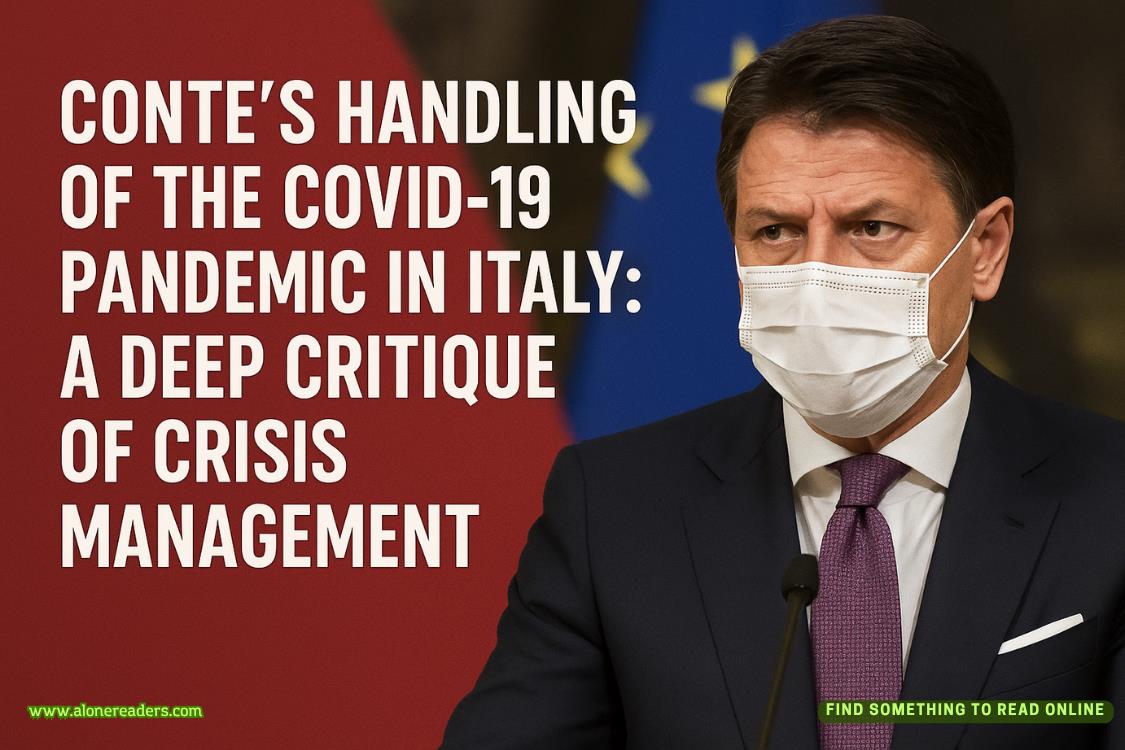Page 16 of That's Amore
I smiled warmly. “Ah, theagnello alla lucana! The lamb is slow-cooked with garlic, rosemary, and white wine—very traditional in Basilicata. The potatoes areroasted with olive oil and a touch ofpeperone crusco, which is kind of a signature of the region. You’ve made an excellent choice.”
The woman inclined her head. “Peperone crusco?”
“It’s a specialty of Basilicata,” I explained. “They’re dried red peppers, fried for just a few seconds at high heat to make them perfectly crispy. They add a smoky-sweet crunch to the dish.”
The couple exchanged pleased looks. “And for wine?” the man asked, flipping through the list.
I tilted my head toward the wine list. “I’d recommend this”—I put a finger next to the name of a wine—“anAglianico del Vulture. It’s from the volcanic soils of Basilicata, made with the Aglianico grape. It’s bold, with notes of dark fruit, smoke, and just enough tannins to stand up to the richness of the lamb and the peppers.”
The woman’s eyebrows rose. “We’ve never heard of that grape.”
I grinned. “Aglianico is one of our hidden gems—deep, complex, and a little underappreciated outside of the region. This one comes from a small producer. They farm organically and take great care of their vines. It’s as authentic as it gets.”
“Sold!” The man closed the wine list. “We’re in your hands.”
“You won’t regret it,” I promised before heading off to place their order and pick up their bottle from the wine fridge.
When I went to check in with the couple some time later, the woman gave me a warm smile as I approached, gesturing to her glass of wine.
“This is incredible,” she exclaimed. “We’ve never tasted anything like it.”
“I’m so glad you like it.”
“Since we have finished this bottle, can you suggest something you have by the glass?” the man asked.
“White, if possible,” the woman added.
Her husband frowned.
“We tried a red, which you like, and now we’re going to try a white, which I like,” she stated.
I chuckled and set my hand lightly on the edge of the table. “How about aMalvasia Biancafrom Puglia? I know the winemaker. She was in Rome just a few months ago and did a tasting. She uses amphoras to ferment the wine, which keeps it super fresh while letting the natural flavors of the grapes shine through. It’s unfiltered, so you get all these beautiful, unexpected notes—like wildflowers and honey. It’s one of my favorites.”
The couple next to their table raved about the wine. The man, a German, raised his glass and examined it with the reverence usually reserved for cathedrals.
“It’s incredible. Ve bought a bottle to take back to de hotel,” he confided in a strong Bavarian accent.
“Ve even got the name of the vineyardas we’re driving south so we can do a tasting there,” the man’s wife shared.
The American couple was also traveling around Italy and lit up at the suggestion. We chatted for a few minutes about their trip, and I recommended vineyards and restaurants they could go to. I walked away knowing they’d leave with a story to tell and that they’d remember us.
Back behind the bar, I checked in with Paolo and my other server, Sofia, to make sure they weren’t drowning. Then, I peeked into the kitchen, where Maura was plating our signaturepasta alla Mollica. She glanced up, her hair pulled back into its usual bun, and raised an eyebrow at me.
“All good?” she asked.
I nodded. “Table three wants another bottle of the Trebbiano d'Abruzzo DOC Valentini. Your crapiata is getting raves tonight.”
The Trebbiano d'Abruzzo DOC Valentini was one of our most expensive wines, selling for two hundred euros a bottle, but it was absolutely worth it.
She grinned. “Of course it is. And you were right about it being the perfect pairing for the crapiata because it has just enough structure and elegance to make it da bomb.”
I smirked. “You just like the profit margin on the d’Abruzzo.”
She winked. “That too.”
An unassuming dish, the crapiata was an ancientstew dating back to Roman civilization, made with lentils, fava beans, wheat berries, and chickpeas. Maura’s crapiata was a little different from the traditional recipe as she liked to add a touch of pancetta and some slow-cooked sausage, giving it a richer, meatier twist, almost like an Italian take on cassoulet. It was comfort food at its finest.
Maura and I made an excellent team.















